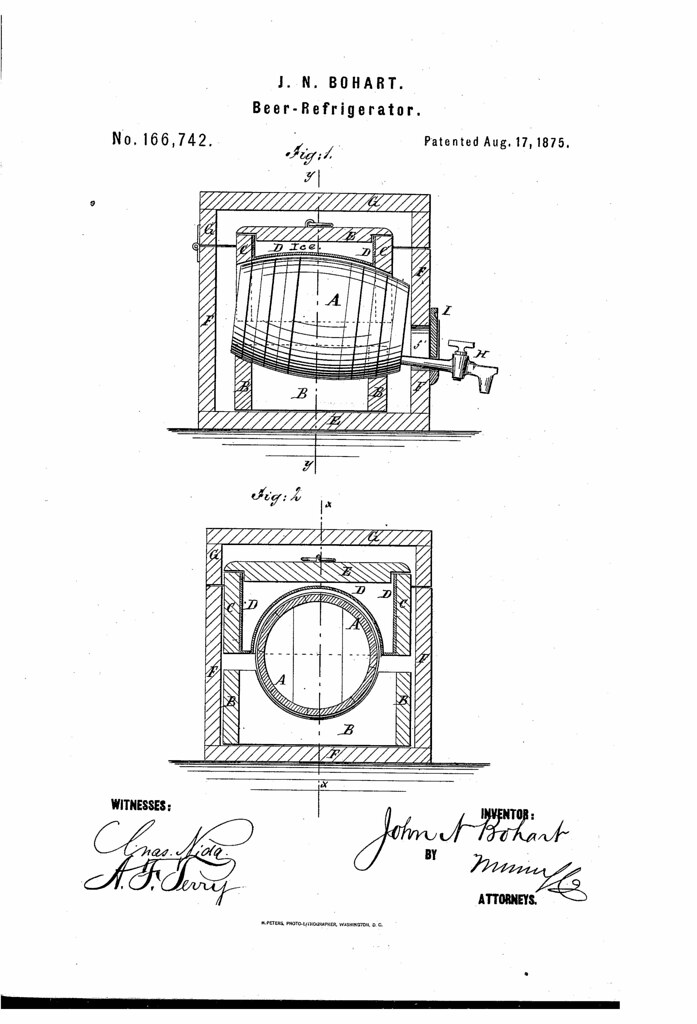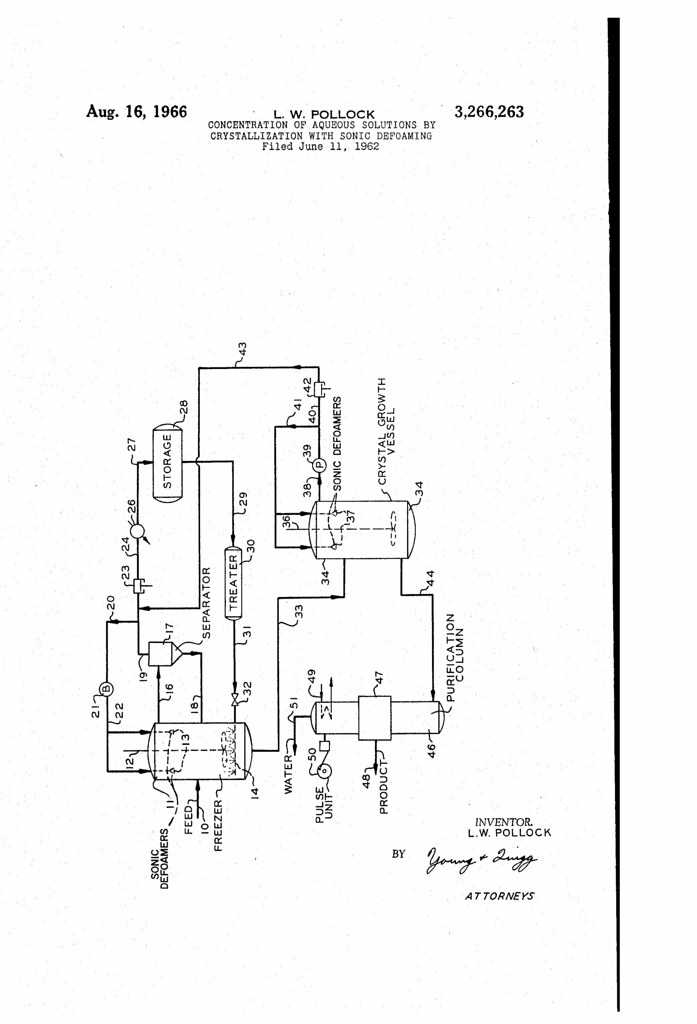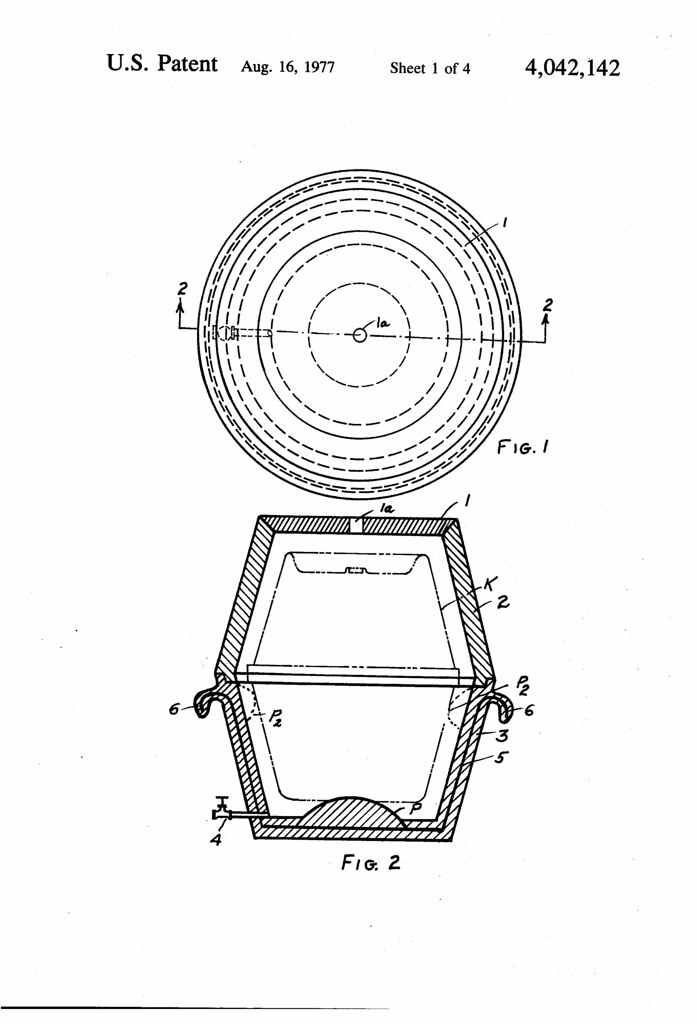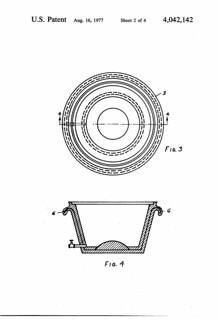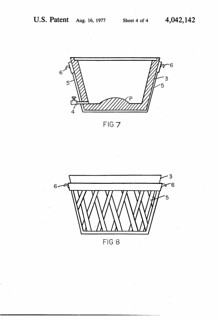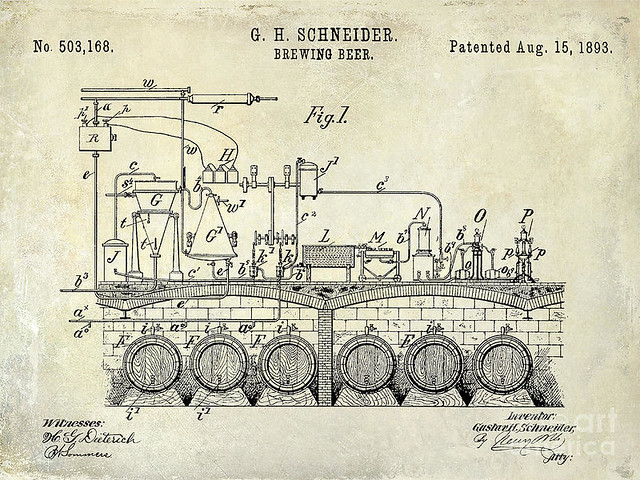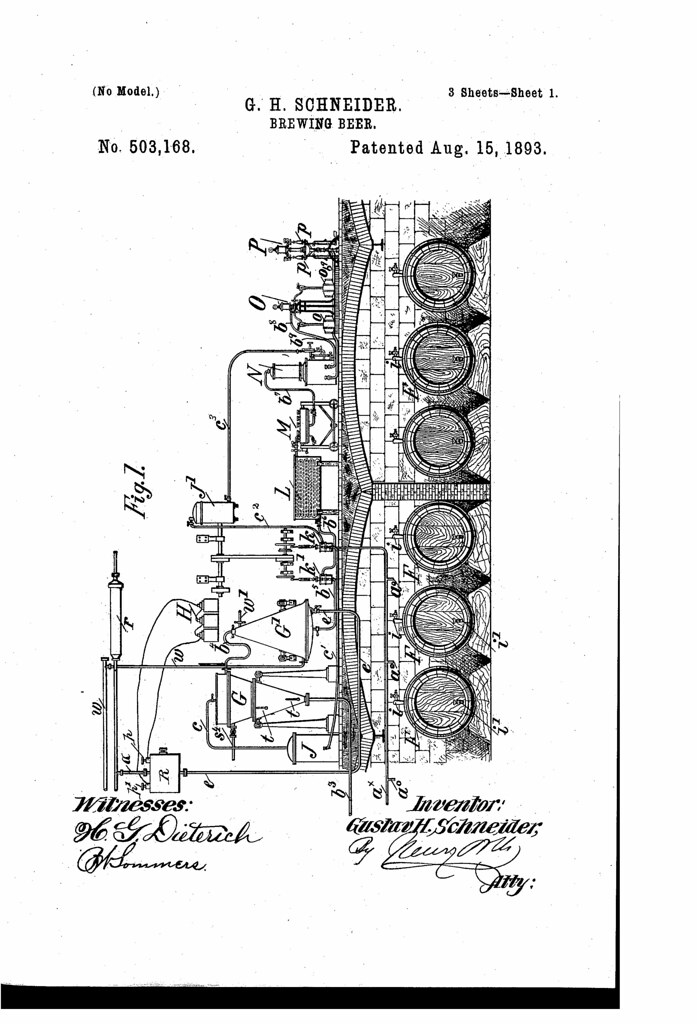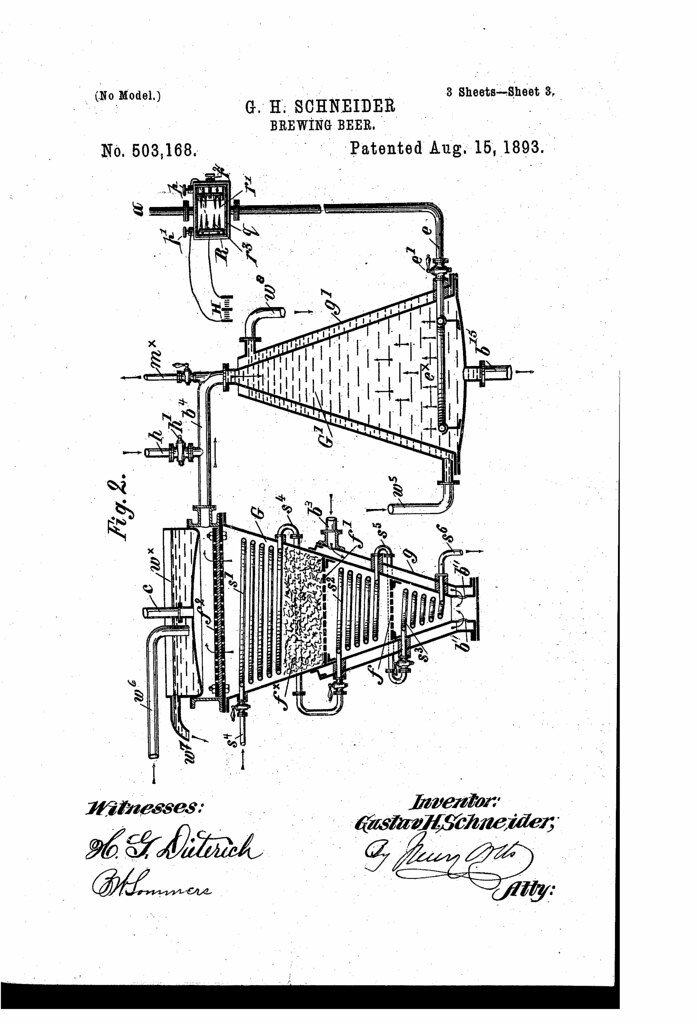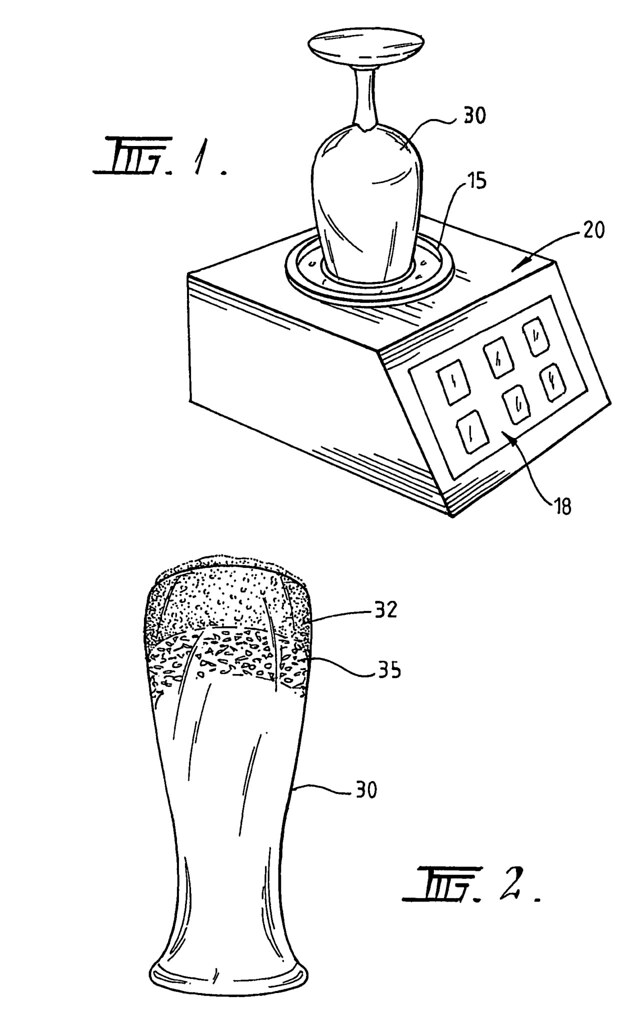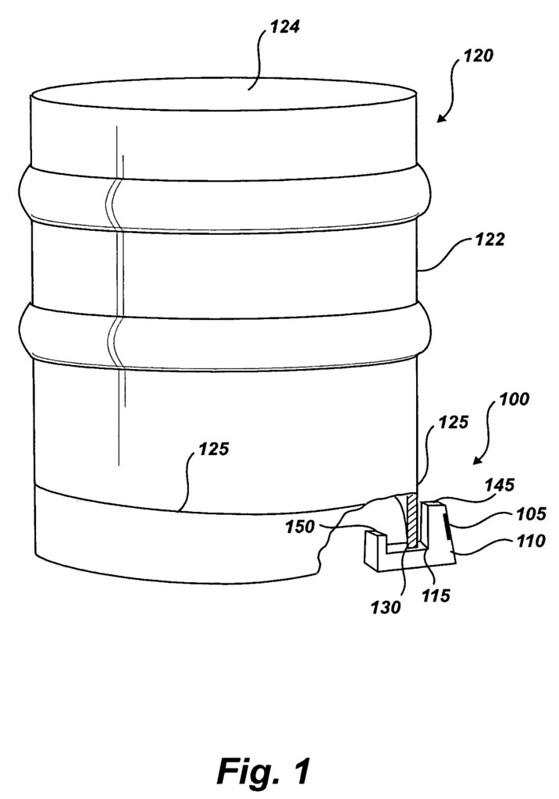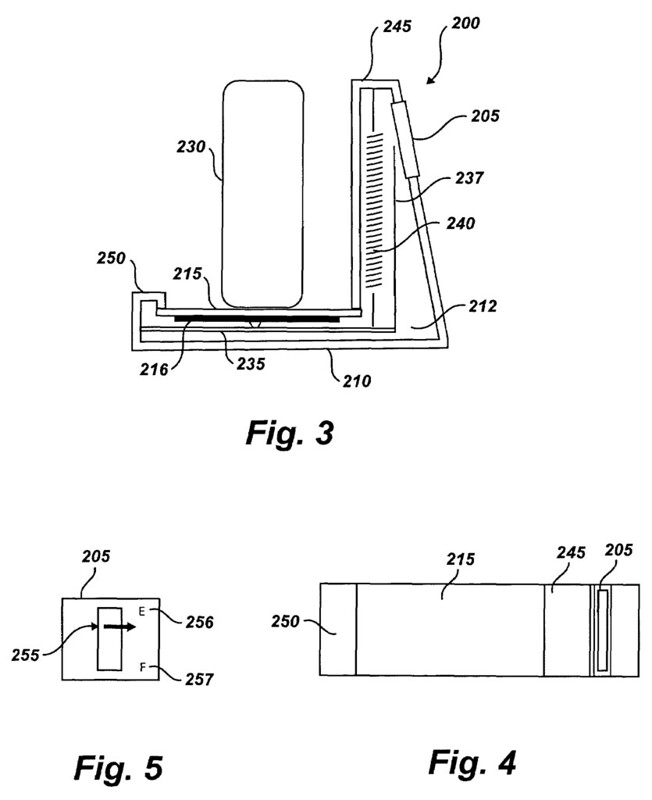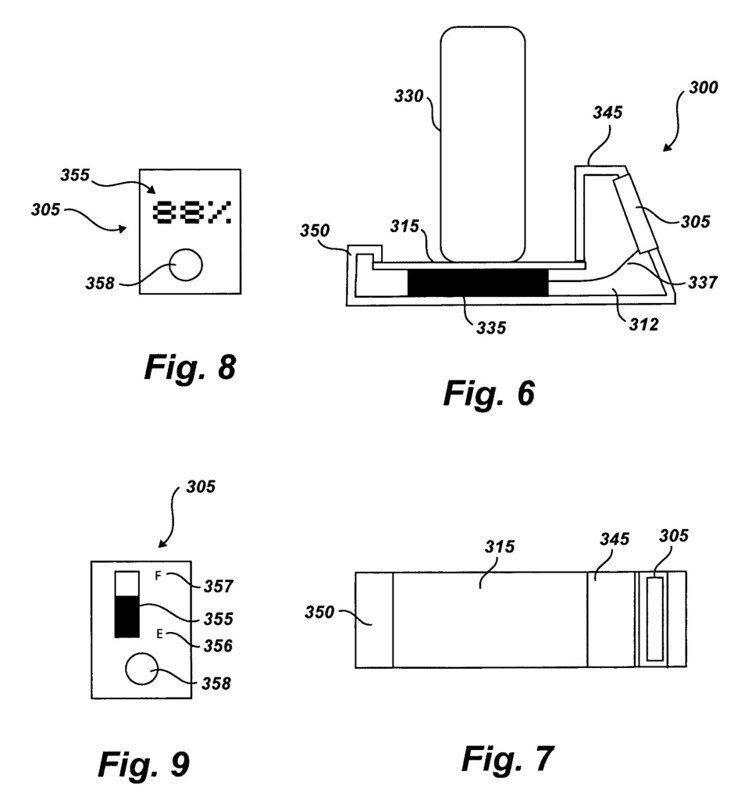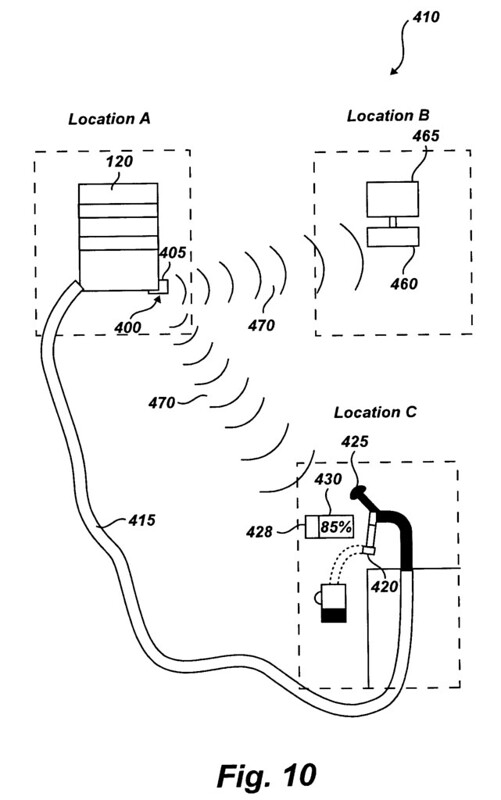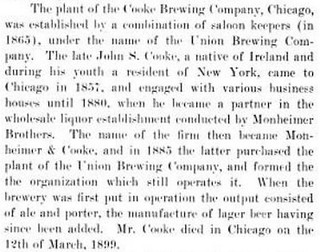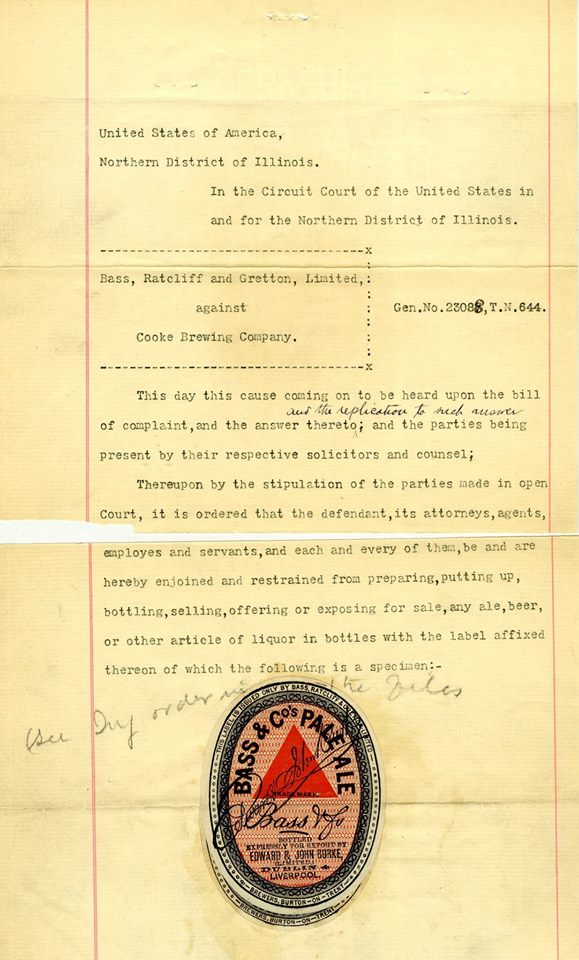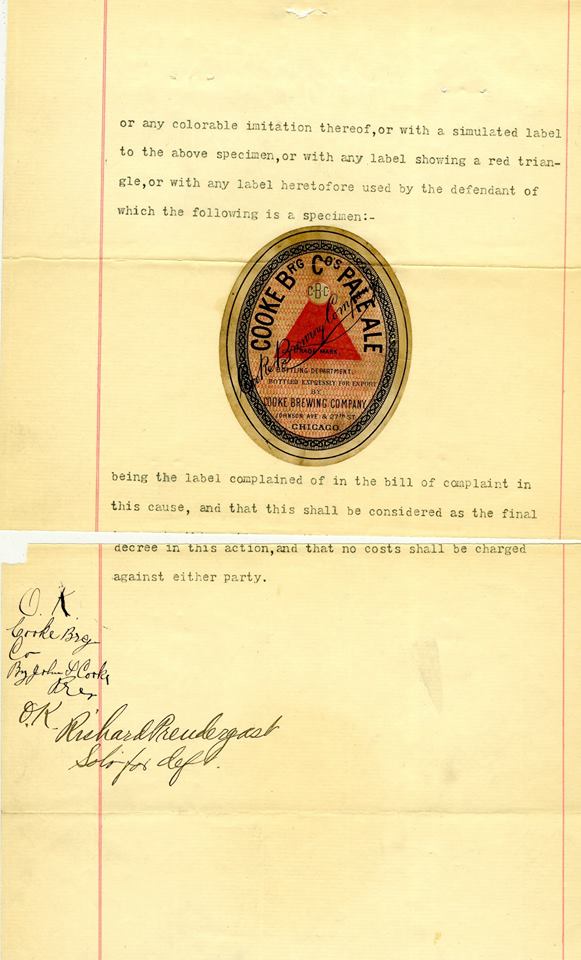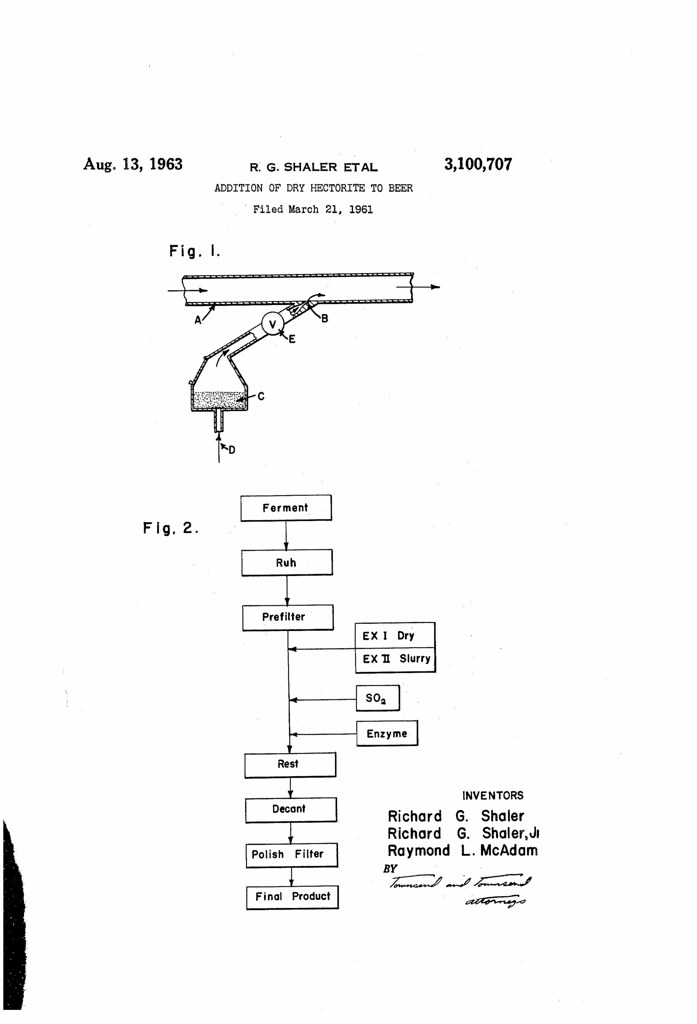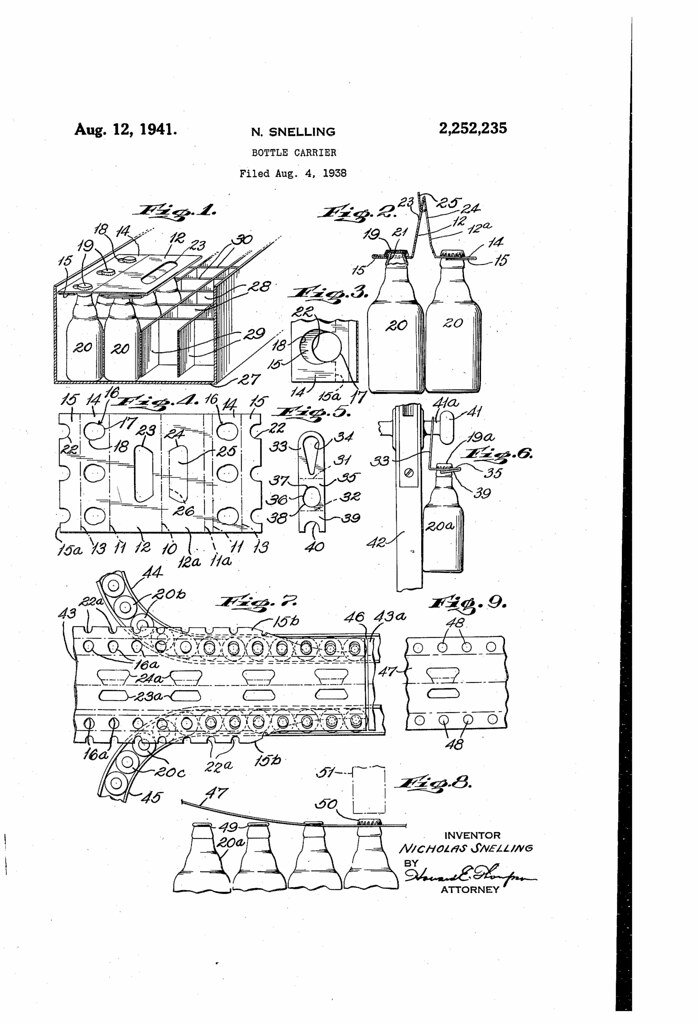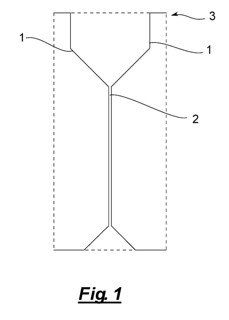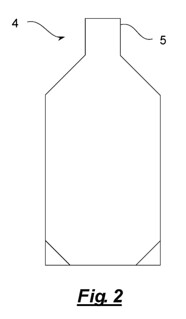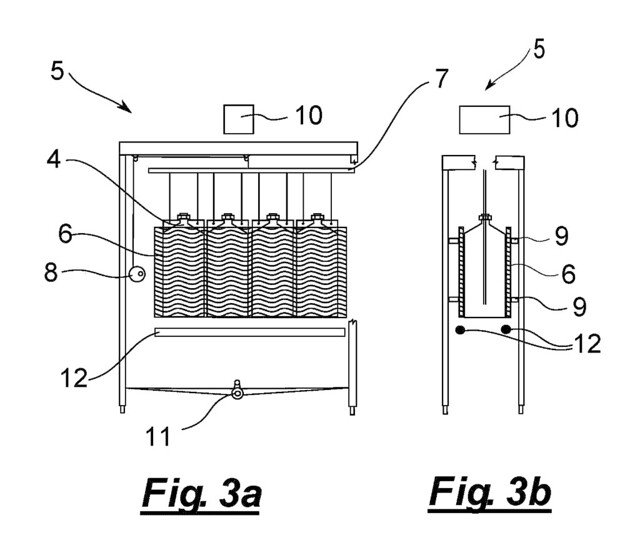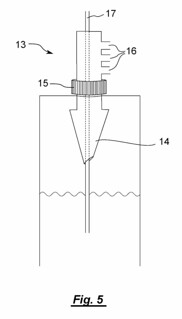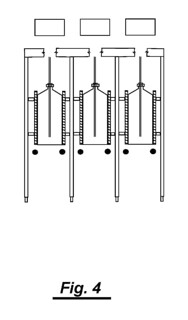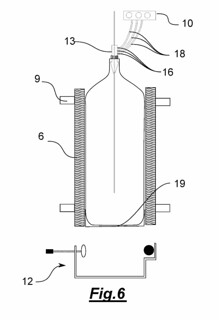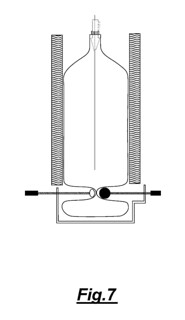
Today in 1875, US Patent 166742 A was issued, an invention of John K. Bohaet, for his “Improvement in Beer-Refrigerators.” There’s no Abstract, although in the description it includes this summary:
The object of this invention is to furnish an improved refrigerator for cooling lager-beer in the keg, and which shall be so constructed as to cool the beer quickly, and keep it cool for a long time with a small quantity of ice, and which shall be simple in construction, convenient in use, and very compact, requiring but little space. The invention consists in the beer-refrigerator formed of the skid, the ice-box, and the outer box or case, constructed as hereinafter fully described, to adapt it to receive a beer-keg, as set forth.
